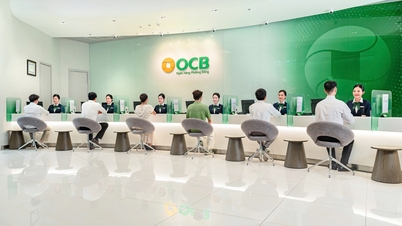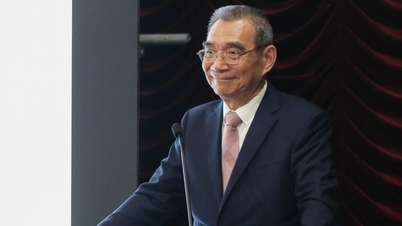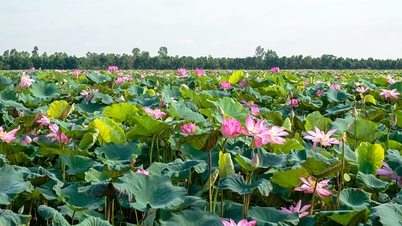By the end of June, Vietnam had 50 credit institutions with outstanding green credit of VND 650,300 billion, an increase of more than 4.7% compared to the end of 2023. However, this number is still very modest compared to the current green credit needs of businesses in Ho Chi Minh City.
Green credit sources are limited because banks still face some difficulties because there are no general regulations on the Green Classification List for credit institutions to have a basis for loan appraisal.

According to Dr. Tran Du Lich, the legal framework currently has some regulations, but in order for businesses to access green credit, it is necessary to clarify the criteria for determining green credit and environmental measures. This is a major limitation and obstacle at present. Regarding capital sources for green credit, not only commercial banks but also international financial institutions must be mobilized.
At the same time, continue to improve the legal framework to create safety for credit institutions and borrowers. Along with that, train human resources and request commercial banks to build a team of professional green credit staff to approach and advise on reducing risks for businesses.

Mr. Tran Hoai Phuong - Director of Corporate Banking of HDBank said that banks need to develop green credit products that suit the needs and capabilities of small and medium enterprises. At the same time, manage risks and resolve disputes in green projects.
Lawyer Chau Viet Bac from the Vietnam International Arbitration Center recommends that businesses must have thorough legal preparation when participating in green projects, especially in contracts for the sale of goods related to green credit.
Good governance will help businesses protect themselves from legal risks and build trust from credit institutions.
Source: https://vov.vn/kinh-te/can-xay-dung-tin-dung-xanh-phu-hop-voi-doanh-nghiep-vua-va-nho-post1129370.vov



![[Photo] The parade took to the streets, walking among the arms of tens of thousands of people.](https://vphoto.vietnam.vn/thumb/1200x675/vietnam/resource/IMAGE/2025/4/30/180ec64521094c87bdb5a983ff1a30a4)


![[Photo] Chinese, Lao, and Cambodian troops participate in the parade to celebrate the 50th anniversary of the Liberation of the South and National Reunification Day](https://vphoto.vietnam.vn/thumb/1200x675/vietnam/resource/IMAGE/2025/4/30/30d2204b414549cfb5dc784544a72dee)
![[Photo] Cultural, sports and media bloc at the 50th Anniversary of Southern Liberation and National Reunification Day](https://vphoto.vietnam.vn/thumb/1200x675/vietnam/resource/IMAGE/2025/4/30/8a22f876e8d24890be2ae3d88c9b201c)



























![[Photo] Performance of the Air Force Squadron at the 50th Anniversary of the Liberation of the South and National Reunification Day](https://vphoto.vietnam.vn/thumb/1200x675/vietnam/resource/IMAGE/2025/4/30/cb781ed625fc4774bb82982d31bead1e)

































































Comment (0)